Choosing the Best Battery Type for Your Emergency Lighting: A Comprehensive Guide
Release time:
2024-10-19
Comparing Battery Types for Emergency Lighting
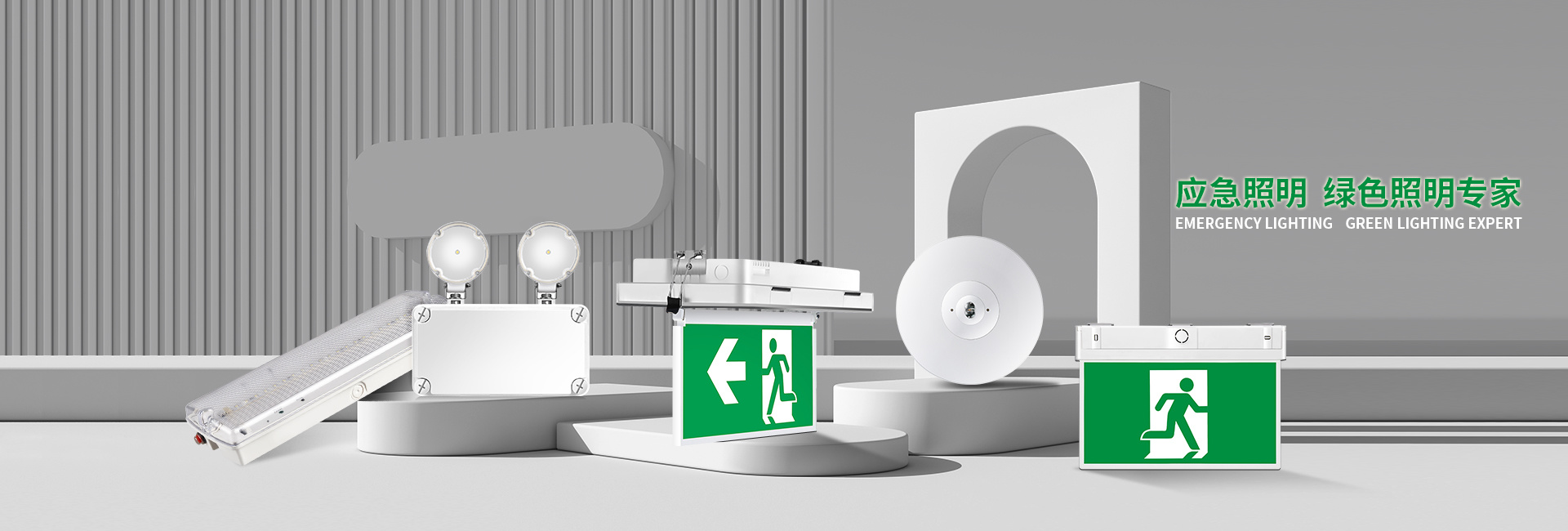
Understanding Battery Types for Emergency Lighting: Which is Right for Your Application?
| Battery Type | Cycle Life | Self-Discharge Rate | Temperature Tolerance | Energy Density | Discharge Efficiency | Common Applications | Advantages | Disadvantages |
|---|---|---|---|---|---|---|---|---|
| Ni-Cd | 500-1000 cycles | High (10-20%/month) | Moderate (up to 55°C) | Moderate | Moderate (~70%) | Older emergency lighting | Long lifespan, performs well in extreme conditions | Environmental concerns (cadmium), high self-discharge |
| Ni-MH | 500-1000 cycles | Moderate (10-15%/month) | Lower than Ni-Cd (50°C max) | Moderate-High | Moderate (~70%) | Low-temp emergency systems | More eco-friendly, higher capacity than Ni-Cd | Less temperature tolerance, shorter lifespan |
| Lead-Acid | 200-300 cycles | Moderate (5-10%/month) | Performs poorly in cold | Low | Low (~60%) | UPS systems, short-term backup | Low cost, high output power | Bulky, short lifespan, heavy |
| LiFePO4 | 2000-3000 cycles | Low (3-5%/month) | High (up to 60°C) | High | High (~90%) | Modern emergency lighting | Long lifespan, high efficiency, eco-friendly | Higher initial cost |
| Lithium-ion (NMC) | 1000-2000 cycles | Low (3-8%/month) | Stable, but risks at extremes | Very high | High (~85-90%) | Space-constrained systems | High energy density, compact size, lightweight | Sensitive to overcharging, higher cost |
Additional Details:
- Common Applications:
- Ni-Cd: Older emergency systems with moderate energy needs.
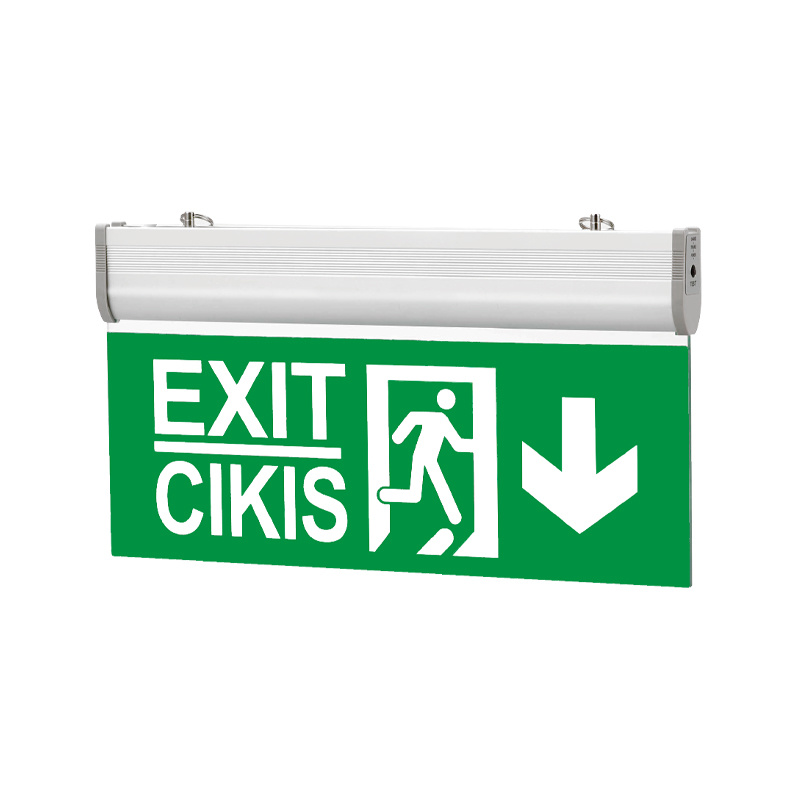
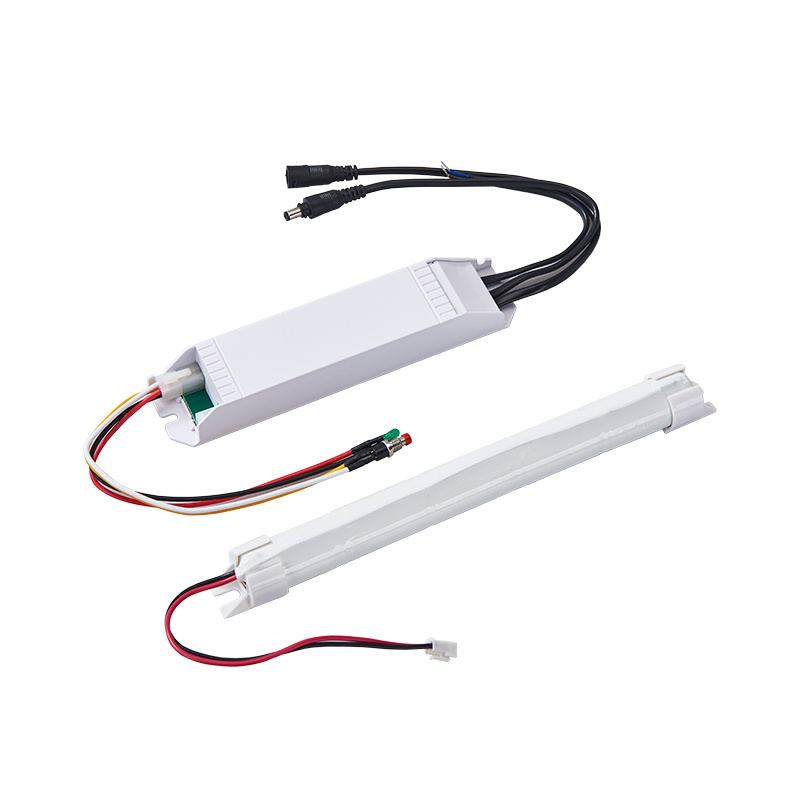
- Lead-Acid: Typically used in systems requiring short-term, high-power output (e.g., UPS).
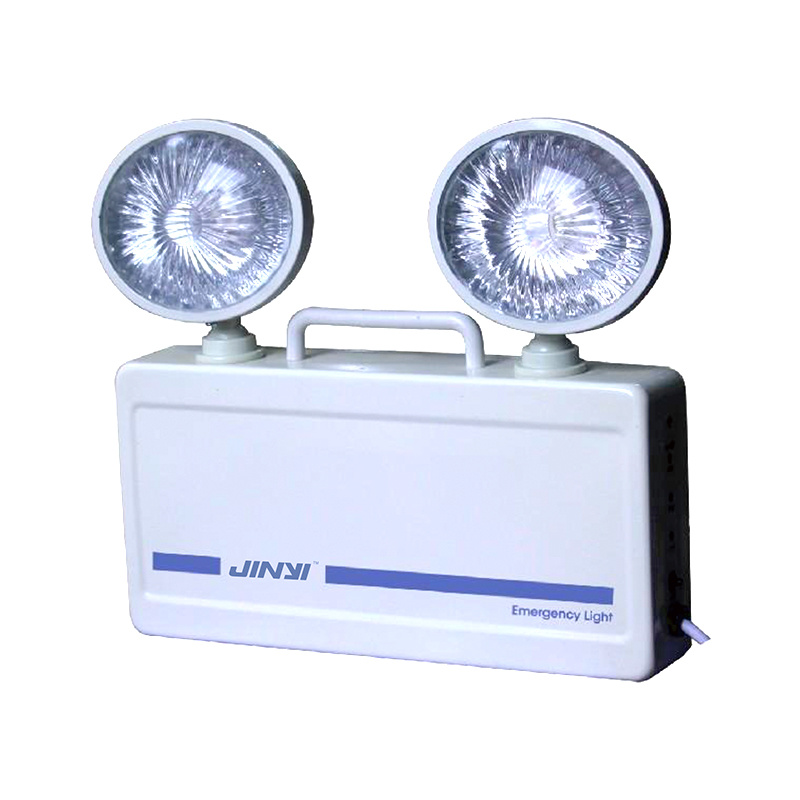
- LiFePO4 & Lithium-ion: Used in modern, energy-efficient emergency lighting where long lifecycle and compactness are priorities.
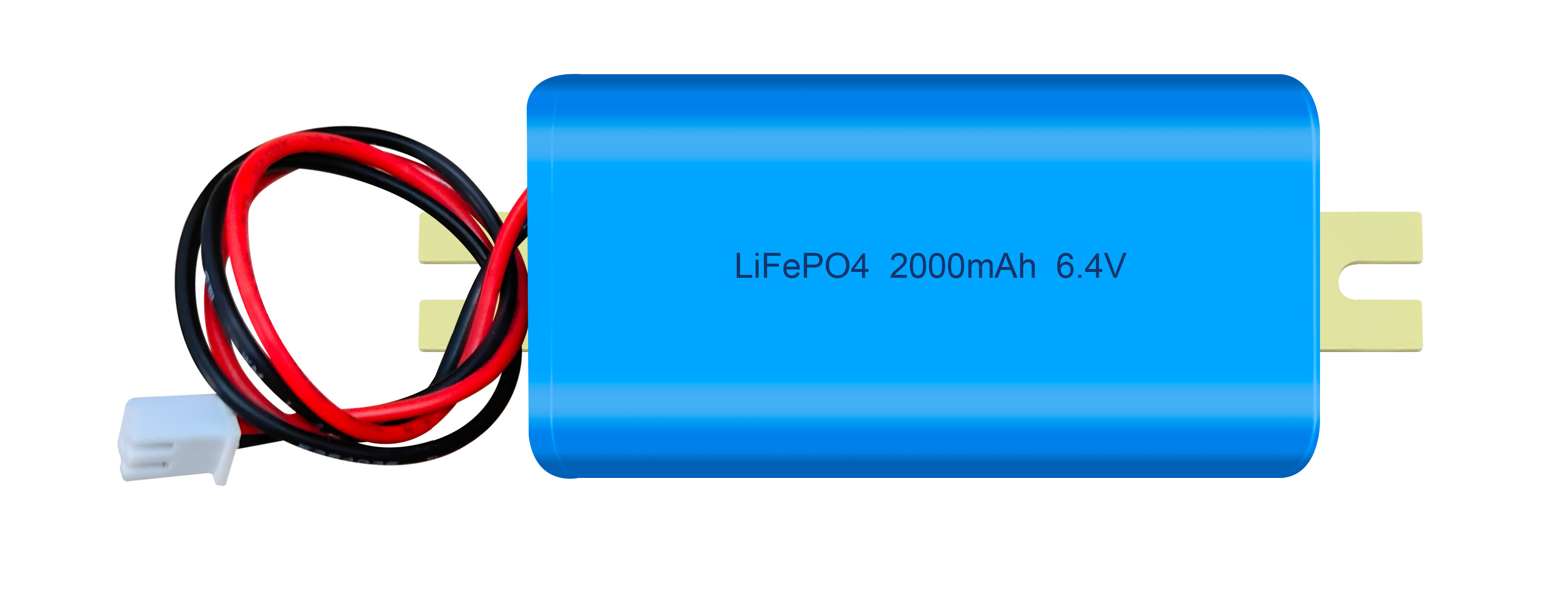
- Ni-Cd: Older emergency systems with moderate energy needs.
Additional Considerations:
- Discharge Efficiency: LiFePO4 and Lithium-ion (NMC) outperform others with over 85% efficiency, making them ideal for applications requiring consistent long-term performance.
- Energy Density: Lithium batteries (both LiFePO4 and Li-ion) offer higher energy density and compact designs, making them suitable for space-constrained environments.
- Charging Efficiency: Lithium batteries also have superior charging efficiency, reducing maintenance and running costs over time.
- Recycling and Environmental Impact: Ni-Cd requires special recycling due to cadmium toxicity, while LiFePO4 is considered more environmentally friendly.

When choosing a battery, factors like application environment, desired lifespan, maintenance costs, and environmental impact play a crucial role. For clients looking for long-term, high-performance solutions, LiFePO4 is often the best choice due to its superior cycle life and efficiency, especially in emergency lighting applications where consistent performance is critical.
Recommend News
2025-09-30
JINYI(GUANGDONG CHINA)LIGHTING CO.,LTD
Add:
No. 1, Futing Street, Banfu Town, Zhongshan Science and Technology Park, Bld. 3, Plot 3, Zhongshan, Guangdong, China 528459
Tel:
Tel:
Fax:
Mail:



